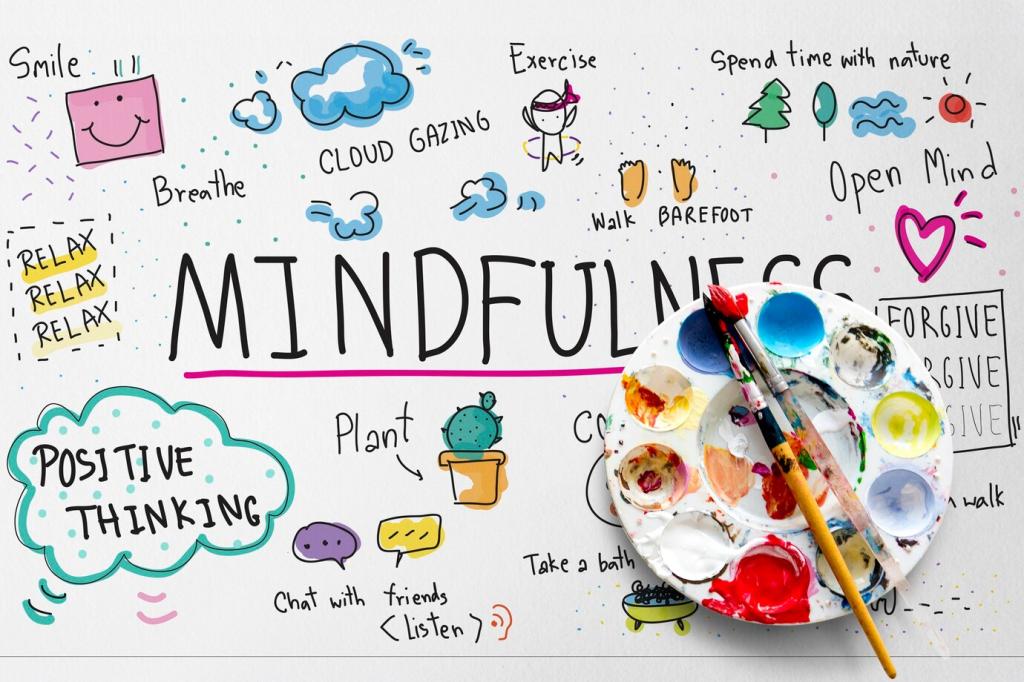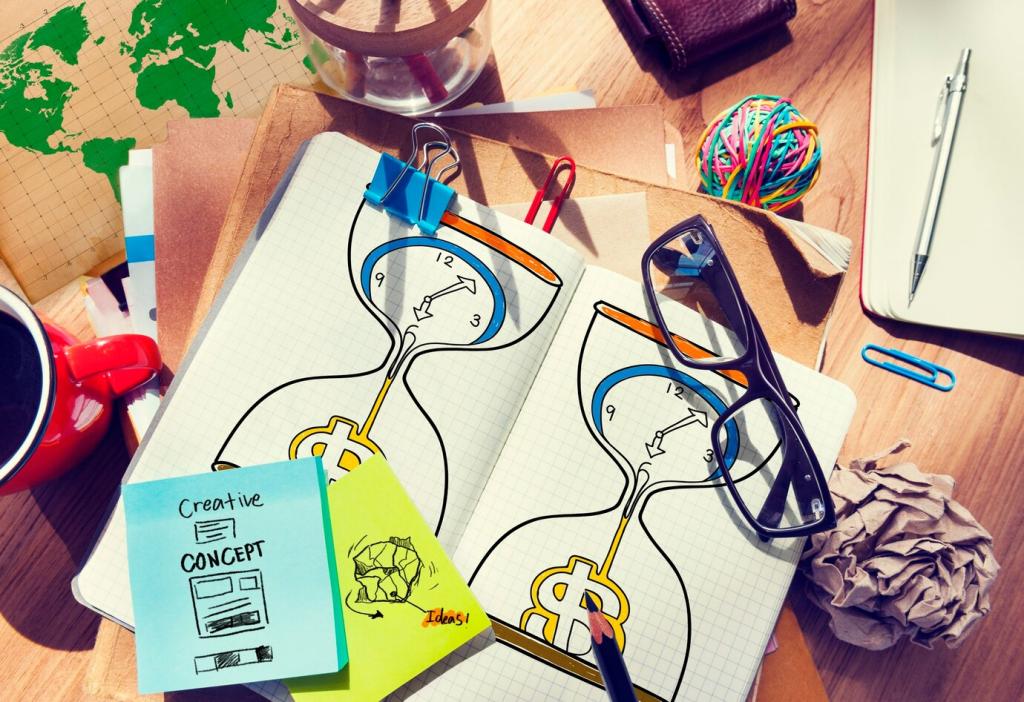
Emotional Triggers in Successful Logo Design
Emotional triggers play a pivotal role in the realm of successful logo design. A well-crafted logo is more than just a visual mark; it is a powerful tool that subtly communicates the essence, values, and emotions of a brand. When designed with emotional triggers in mind, a logo can instantly create a connection with the audience, evoke memorable feelings, and influence perception and behavior. Understanding the psychological elements that provoke emotional reactions is essential for creating logos that endure and resonate deeply across different cultures and markets.
The Psychology Behind Color in Logo Design
Warm colors such as reds, oranges, and yellows are often associated with energy, excitement, and optimism. When used in logo design, these colors can stimulate strong psychological responses, making a brand appear energetic, passionate, and approachable. For instance, red can evoke excitement and urgency, which is why it’s frequently seen in marketing campaigns and brands that aim to create dynamism. However, designers must use warm colors thoughtfully, as overuse can lead to feelings of aggression or restlessness. Balancing these hues allows logos to capture attention while maintaining positive emotional resonance.

The Security of Circles and Ovals
Circles and ovals are among the most emotionally reassuring shapes in logo design. Unlike angular shapes, they lack sharp edges, which can symbolize harmony, unity, and infinity. Brands that want to project inclusivity or community often use circular elements to ignite feelings of security and wholeness. Popular global brands employ circles to assure consumers that they are a part of something bigger or ongoing. The smoothness of these shapes can quietly signal friendliness, accessibility, and approachability, all crucial emotional triggers that help a brand foster loyalty and warmth.
The Authority of Squares and Rectangles
Squares and rectangles, with their straight lines and right angles, suggest strength, reliability, and structure. These shapes are typically used by brands that want to evoke feelings of dependability and professionalism. The orderly nature of angular shapes appeals to the logical side of the human brain, instilling confidence in the brand’s stability and foundation. Although these shapes may feel more formal, their clarity and decisiveness can drive emotional triggers related to trust and order, making them ideal for industries like finance, technology, and law.
The Dynamism of Triangles and Abstract Forms
Triangles and abstract geometric forms possess a dynamic energy that can suggest innovation, creativity, or movement. The pointed angles of triangles can communicate progression, direction, and even risk-taking, which is why they are favored by brands aiming to differentiate themselves as forward-thinking or adventurous. Abstract forms can break traditional molds, provoking curiosity or surprise. By tapping into these emotional triggers, designers help position brands as bold, visionary, and ready to adapt—qualities that strongly resonate with modern, aspiration-driven audiences.

The Trustworthiness of Serif Fonts
Serif fonts, characterized by the small “feet” at the ends of their strokes, are often associated with tradition, reliability, and authority. Brands that utilize serif typography in their logos evoke a sense of heritage and timelessness, often appealing to audiences who value stability and credibility. The subtle elegance of serifs suggests that a brand is established and trustworthy, which is why they are favored in industries such as law, education, and publishing. By employing these fonts, designers can trigger subconscious feelings of respect and assurance, reinforcing a brand’s positioning as a dependable leader in its field.

The Modern Edge of Sans-Serif Fonts
Sans-serif fonts, with their clean, unembellished lines, project modernity, simplicity, and approachability. These fonts are commonly used by brands endeavoring to appear innovative, friendly, or tech-savvy. The straightforward nature of sans-serif typography is highly legible across digital platforms, further reinforcing a brand’s forward-thinking identity. Employing sans-serif fonts can emotionally trigger feelings of openness and relevance, making a brand more accessible and relatable to contemporary consumers who value clear, direct communication and minimalist aesthetics.

The Personality of Custom Lettering
Custom lettering and hand-drawn fonts inject a tangible sense of personality into a logo. These unique typographic approaches convey authenticity, creativity, and individualism, resonating with consumers seeking originality and genuine brand stories. A custom type treatment speaks volumes about a brand’s values and attention to detail, triggering emotional responses such as intrigue, delight, or connection. This creative freedom allows designers to tailor every curve and flourish to align precisely with the emotions a brand seeks to evoke, ensuring the logo is not only visually distinctive but also emotionally compelling.
